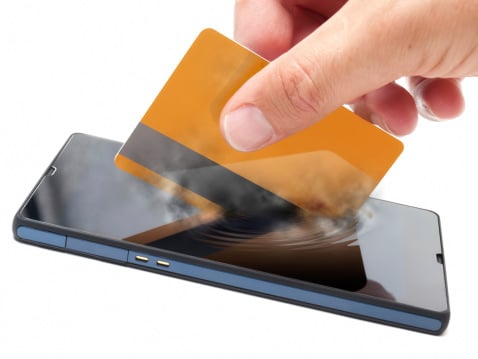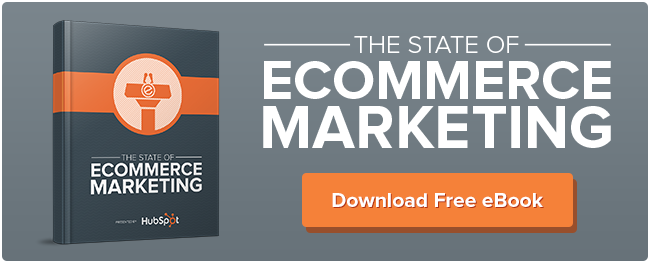 There’s no denying mobile commerce is on the rise. The latest numbers prove that millions upon millions take to their smartphones and tablets to make online purchases. The smart thing, obviously, would be to make paying by mobile device more convenient. And that’s where PayPal and Apple come in…but which will win the race to first place?
There’s no denying mobile commerce is on the rise. The latest numbers prove that millions upon millions take to their smartphones and tablets to make online purchases. The smart thing, obviously, would be to make paying by mobile device more convenient. And that’s where PayPal and Apple come in…but which will win the race to first place?
A Look at Mobile Shopping
By 2018, a projected 150.7 million people will make purchases on mobile devices, up from 57.3 million in 2012 (eMarketer). For this year, 2014, 100.9 million will use their smartphones and tablets to shop online. The numbers are staggering, but even more so is the projected growth for mobile shopping.

With this growth comes the need for mobile payment solutions. Not only do people want the convenience of quick, secure payment for online purchases, but the rise of PayPal purchases in brick-and-mortar stores proves buyers want card-and-cash-free solutions elsewhere, too. That’s why PayPal recently released the news that more payment options are on the way.
How PayPal Will Change Mobile Shopping
While small businesses may get the biggest bang for their buck out of the new payment options, we see larger companies taking advantage, as well. Right now, giants like Home Depot and Dollar General offer PayPal payment at stores. With the new product, customers will be able to pay via a barcode on their phone or tablet screen or simply use a 4-digit pin if they’re inside a store.
That same technology could be adapted to ecommerce sites, too. The process for PayPal payment now is easy enough, but redirects and confirmation pages can cause confusion for buyers using the program for the first time. Anything that makes purchasing easier and safer for buyers is going to be a winner.
Along Comes Apple
While PayPal may have commitments from 1.9 million merchants to use the payment solution in stores, they still might not have the competition beat. PayPal boasts 148 million active customers, which definitely puts them at the top of the game for mobile wallets. But what happens if Apple decides to join the mobile payment race?
All of that sounds pretty impressive, until you consider Apple has 800 million active subscribers through iTunes, which keeps financial information at the ready much in the way PayPal does. Though that information isn’t currently used to pay for anything outside of iTunes, the technology is in place to use mobile devices to make payments through Apple’s iBeacon.
iBeacon would allow smartphones and tablets to make purchases within a store using Bluetooth Low Energy. PayPal is exploring something similar with wearable devices and biometrics, in addition to the Bluetooth Low Energy technology, but they’re already behind simply in terms of registered users.
Consumers Are the Clear Winners
No matter which brand makes it to the top first with mobile payments, the consumer is the real winner. We value security and convenience over just about everything else, so it’s a sure bet we’ll jump on board with whichever makes it to the market first.
What are your thoughts on the new mobile payment technology? Would you choose one over the other? Let us know in the comments!



